Home>Garden Essentials>What Do Aster Seeds Look Like
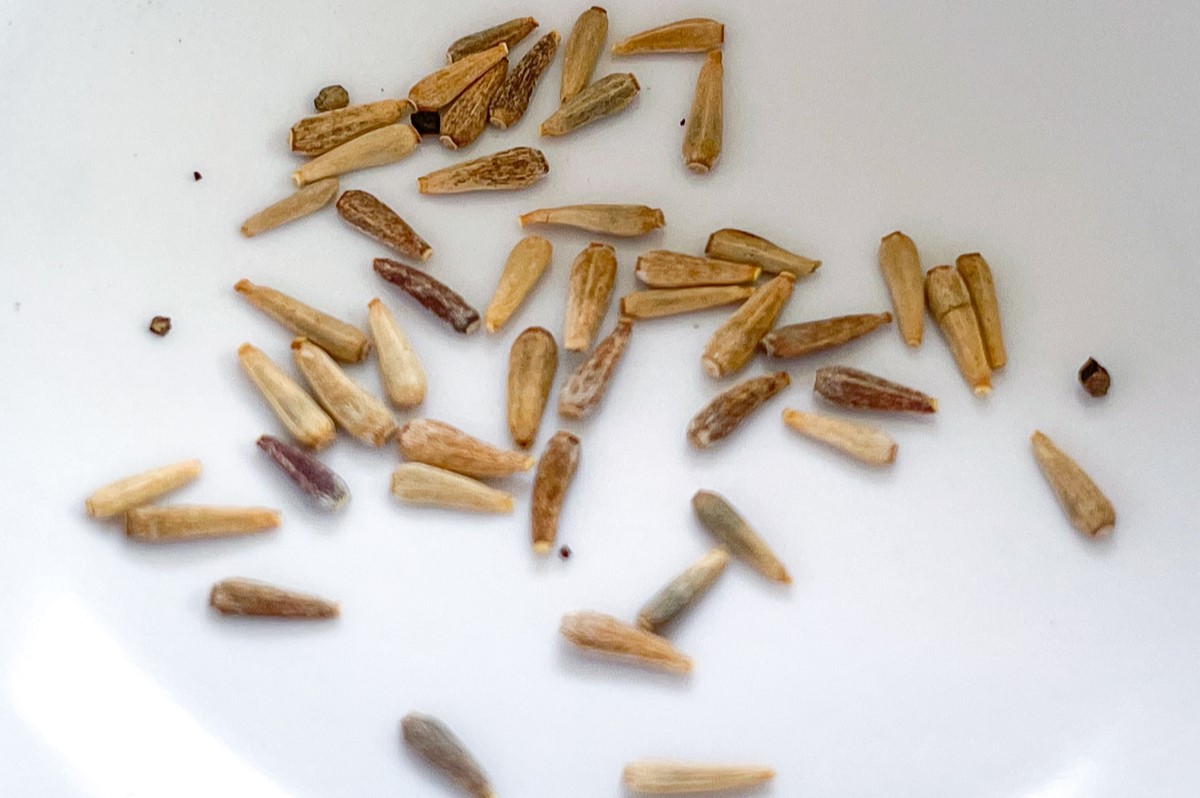

Garden Essentials
What Do Aster Seeds Look Like
Modified: March 16, 2024
Discover what aster seeds look like in the garden and learn how to identify them. Planting and growing information for beautiful aster flowers.
(Many of the links in this article redirect to a specific reviewed product. Your purchase of these products through affiliate links helps to generate commission for Storables.com, at no extra cost. Learn more)
Introduction
In the world of gardening, flowers are a beloved and popular choice for many enthusiasts. Their vibrant colors, delightful fragrances, and ability to attract pollinators make them a valuable addition to any garden. Among the diverse range of flower choices, the aster stands out as a particularly cherished flower. Known for its daisy-like appearance and abundance of blossoms, the aster is a stunning addition to any garden.
But have you ever wondered what lies within the beautiful blossoms of an aster? What lies at the heart of its creation and growth? In this article, we will explore the fascinating world of aster seeds. We will delve into their anatomy, examine their physical characteristics, and learn about their unique qualities. So let’s dig in and discover what aster seeds really look like!
Key Takeaways:
- Aster seeds are small, oval-shaped, and have a smooth, glossy surface. Their brown color and teardrop shape make them visually appealing and easy to handle and sow.
- To grow healthy aster plants, provide adequate sunlight, cool to moderate temperatures, well-draining soil, and proper moisture. Meeting these environmental requirements ensures vibrant blooms and overall plant vigor.
Read more: What Do Alfalfa Seeds Look Like
Anatomy of an Aster Seed
Before we dive into the physical attributes of an aster seed, it’s important to understand its basic structure. Like other plant seeds, an aster seed is a tiny package containing all the genetic material and nutrients necessary to initiate the growth of a new plant. It serves as a protective vessel, safeguarding the precious embryonic plant within.
At the outer layer of an aster seed, we find the seed coat. This tough and durable outer covering provides protection against harsh environmental conditions, such as temperature fluctuations and physical damage. The seed coat acts as a shield, preventing moisture loss and safeguarding the delicate contents of the seed.
Within the seed coat lies the endosperm. This is a nutrient-rich tissue that provides nourishment to the developing plant embryo. The endosperm serves as a food reserve, supplying essential nutrients like proteins, carbohydrates, and fats to sustain the plant during its early stages of growth.
The most important part of an aster seed, however, is the embryo. This is the tiny, pre-formed plant that will ultimately develop into a full-fledged aster. The embryo consists of various key components, including the radicle, plumule, and cotyledons.
The radicle is the embryonic root of the aster plant. It is the first part of the plant to emerge from the seed and begins to grow downward, anchoring the plant into the soil. The radicle also absorbs water and nutrients from the soil, providing sustenance for the growing plant.
The plumule is the embryonic shoot of the aster plant. It is responsible for the development of the stem and leaves. As the aster seed germinates, the plumule elongates and pushes through the soil surface, giving rise to the first leaves of the young plant.
The cotyledons are the first leaves produced by the aster seed. They are often thick and fleshy, serving as nutrient reserves for the growing plant until it can produce its own leaves and begin photosynthesis. Cotyledons vary in number depending on the aster species, but most commonly, aster seeds have two cotyledons.
Understanding the anatomy of an aster seed provides us with insights into the incredible complexity and precision of nature. Each component plays a vital role in the successful germination and growth of a new aster plant. Now that we have explored the internal structure of an aster seed, let us move on to the physical characteristics that make these seeds so unique.
Physical Characteristics
Aster seeds possess a distinct set of physical characteristics that set them apart from other flower seeds. These features contribute to their overall appeal and make them easily identifiable. Let’s take a closer look at the physical attributes of aster seeds.
Color and Texture: One of the notable features of aster seeds is their color. Aster seeds typically range in color from light brown to dark brown or black. This earthy tone adds to their natural beauty and makes them visually appealing. In terms of texture, aster seeds have a smooth, glossy surface that feels slightly firm to the touch.
Size and Shape: Aster seeds are relatively small, measuring about 1 to 2 millimeters in length. They are oval-shaped, resembling tiny teardrops. The size and shape of aster seeds make them easy to handle and sow, even in small spaces.
Surface Pattern: Another interesting aspect of aster seeds is their surface pattern. Upon closer examination, you may notice intricate markings or ridges on the seed coat. These patterns are unique to each seed and add an element of fascination to their appearance.
Weight: Despite their small size, aster seeds carry a surprising weight. This weightiness gives them a substantial feel and reinforces their quality as viable seeds. When you hold an aster seed in your hand, you can sense its potential for growth.
Durability: Aster seeds exhibit a remarkable level of durability. The tough seed coat protects the internal components from external pressures and ensures the seeds’ longevity. This durability allows aster seeds to withstand unfavorable conditions, such as temperature fluctuations or physical disturbances, increasing their chances of successful germination.
Overall, the physical characteristics of aster seeds contribute to their allure and make them a desirable addition to any gardener’s collection. From their distinct color and texture to their unique surface patterns, aster seeds are a testament to the beauty and resilience of nature. As we move forward, let’s explore how these seeds go from their dormant state to sprouting into vibrant aster plants.
Color and Texture
The color and texture of aster seeds are distinctive features that contribute to their visual appeal and make them easily recognizable. Let’s explore these physical characteristics in more detail.
Color: Aster seeds typically exhibit shades of brown, ranging from light brown to dark brown or even black. This earthy color palette reflects the natural beauty of these seeds and adds a touch of elegance to their appearance. The brown hues of aster seeds are reminiscent of the earth and create a sense of groundedness, making them visually appealing to gardeners and nature enthusiasts.
Texture: When it comes to texture, aster seeds have a smooth and glossy surface. Running your fingers over the seeds, you’ll notice their firmness and the absence of any rough edges. The smooth texture of aster seeds adds to their tactile appeal, making them delightful to handle and sow.
The combination of the brown color and smooth texture gives aster seeds a refined and sophisticated look. It’s fascinating to observe how nature has crafted these seeds with such precision and attention to detail.
Furthermore, the color and texture of aster seeds play an important role in their reproductive cycle. The brown color assists in seed dispersal by blending into the soil and leaf litter, making it easier for the seeds to camouflage and avoid predation. Additionally, the smooth texture of the seed coat helps reduce moisture loss and provides protection against external damage, ensuring the seed’s viability during its dormant stage.
In garden settings, the color and texture of aster seeds can also influence aesthetic choices. Gardeners may choose to showcase these seeds in decorative containers or incorporate them into floral arrangements, adding a touch of elegance and natural beauty to their indoor spaces.
Overall, the color and texture of aster seeds enhance their appeal and contribute to their unique character. Whether you’re sowing these seeds in your garden or simply admiring their beauty, the brown color and smooth texture of aster seeds are sure to captivate your senses and bring a touch of natural elegance to your surroundings.
Aster seeds are small, dark, and elongated, similar to other flower seeds. They are usually about the size of a sesame seed and have a smooth, shiny surface.
Size and Shape
The size and shape of aster seeds are distinctive characteristics that play a significant role in their overall appearance and practicality. Let’s delve deeper into these physical attributes of aster seeds.
Size: Aster seeds are relatively small, measuring about 1 to 2 millimeters in length. Compared to other flower seeds, they are considered petite. Their small size makes them convenient and easy to handle, sow, and store. Gardeners appreciate their compactness, especially when working with limited space or when sowing seeds in containers.
Shape: Aster seeds are oval-shaped, resembling tiny teardrops. This shape is symmetrical, with a smoothly curved outline. The elongated form of aster seeds allows for efficient storage and germination. The teardrop shape also aids in their dispersal, as the seeds can be easily carried by wind, water, or animals to new locations for future growth.
The small size and teardrop shape of aster seeds contribute to their charm and delicacy. When sowing these seeds, their petite nature allows for precision and accuracy, ensuring even distribution across the planting area. Additionally, their slender form allows them to find their way into the soil more easily, providing optimal conditions for germination and growth.
In terms of practicality, the size and shape of aster seeds offer various advantages. Their small stature allows for efficient use of space, enabling gardeners to grow a greater number of plants within a confined area. Moreover, the oval shape of the seeds facilitates storage and transport, as they can be neatly arranged in seed packets or containers without excessive bulk.
The size and shape of aster seeds are not only aesthetically pleasing but also serve as functional attributes that contribute to their successful reproduction and cultivation. Embracing the small and gracefully tapered nature of these seeds adds a touch of elegance to any gardening endeavor. So whether you’re sowing aster seeds in a garden bed or marveling at their delicate form, their size and shape are sure to leave a lasting impression.
Read more: What Do Salvia Seeds Look Like
Germination and Growth
Germination is the process by which an aster seed sprouts and begins its journey towards becoming a vibrant and thriving plant. Understanding the germination and growth stages of aster seeds is essential for successful cultivation. Let’s explore this fascinating process.
Germination: Germination starts when the right environmental conditions are met. Aster seeds require adequate moisture, favorable soil temperature, and sufficient light to begin the germination process. Once these conditions are met, the seed coat of the aster seed begins to soften, allowing water to penetrate the seed and trigger the activation of enzymes within.
As the enzymes are activated, biochemical reactions occur, breaking down stored nutrients in the endosperm. These nutrients, along with the energy from stored carbohydrates, proteins, and fats, provide the nourishment needed for the growth of the plant embryo.
The radicle, the embryonic root, is the first structure to emerge from the seed. It elongates and starts to push its way into the soil, anchoring the plant securely and allowing it to absorb water and nutrients from the surrounding environment.
Following the radicle, the plumule, or embryonic shoot, emerges from the seed. It reaches towards the surface, unfurling the first set of leaves called cotyledons. These cotyledons, often two in number, provide temporary nourishment to the growing aster plant until it can establish its own photosynthetic capabilities.
Growth: Once the aster seed has successfully germinated, the plant begins its growth phase. The plumule continues to elongate, and true leaves develop, replacing the cotyledons. These true leaves are characteristic of the aster species and exhibit the unique shape and texture specific to each variety.
The root system expands as the plant establishes itself in the soil, absorbing nutrients and moisture necessary for healthy growth. The stem elongates, allowing the plant to reach its full height and support an abundance of aster flowers.
Throughout the growth phase, the aster plant requires adequate sunlight, water, and nutrients to flourish. Regular watering, proper drainage, and the addition of organic matter to the soil can contribute to the optimal growth of the aster plant. Providing support in the form of stakes or trellises can also help maintain the plant’s upright structure and prevent it from toppling over.
With time and care, the aster plant will continue to grow, producing an abundance of blooms in a wide array of vibrant colors. The length of the growth phase varies depending on the specific aster species, but with attention to its needs, gardeners can enjoy the beautiful display of aster flowers throughout the growing season.
Understanding the germination and growth process of aster seeds allows gardeners to provide the necessary conditions for successful cultivation. With the right care and attention, these tiny seeds can transform into stunning aster plants, bringing joy and beauty to any garden or landscape.
Environmental Requirements
For aster seeds to thrive and grow into healthy plants, certain environmental conditions must be met. These requirements influence the germination, growth, and overall well-being of aster plants. Let’s explore the key environmental factors that play a crucial role in the successful cultivation of asters.
Light: Aster plants thrive in full sun to partial shade. They require at least 6 hours of direct sunlight each day to promote optimal growth and bloom production. Adequate sunlight ensures sturdy stems, vibrant flower coloration, and overall plant vigor. However, in regions with intense heat, partial shade in the afternoon can help protect the plants from scorching.
Temperature: Asters are generally cold-hardy plants that prefer cool to moderate temperatures. They thrive in temperatures ranging from 55°F to 75°F (13°C to 24°C) during the day and cooler temperatures at night. Extreme heat can cause stress and affect the overall health and blooming of aster plants. In regions with hot summers, providing afternoon shade or ensuring proper mulching can assist in maintaining suitable growing conditions for asters.
Soil: Asters thrive in well-draining soil that retains moisture while allowing excess water to drain away. A slightly acidic to neutral pH range of 6.0 to 7.0 is ideal for these plants. Amending the soil with organic matter such as compost or well-rotted manure can improve its structure, nutrient content, and water-holding capacity. Enriching the soil prior to planting asters promotes healthy root development and supports robust growth.
Water: Adequate moisture is crucial for aster plant growth. While they prefer consistently moist soil, asters are relatively drought-tolerant once established. It is important to avoid overwatering, as waterlogged soil can lead to root rot and other issues. Providing a deep watering when the top inch of soil feels dry is generally sufficient. Mulching around the base of the plants can help retain soil moisture and suppress weed growth.
Air Circulation: Good air circulation is essential to prevent the development of fungal diseases in aster plants. Proper spacing between plants and ensuring they are not overcrowded allows for better airflow, reducing the risk of diseases such as powdery mildew. Regularly pruning or removing any dead or diseased foliage also helps maintain good air circulation within the plant canopy.
Fertilization: Asters generally benefit from regular fertilization to support their growth and blooming. Applying a balanced, slow-release fertilizer formulated for flowering plants can provide the necessary nutrients for healthy growth. It is important to follow the instructions on the fertilizer package and avoid overfertilization, as excessive nitrogen can lead to leggy growth and diminished flower production.
By providing the appropriate environmental conditions, asters can thrive and reach their full potential. Whether you are growing them in containers or in the garden, careful attention to sunlight, temperature, soil moisture, and air circulation will contribute to the overall health and beauty of your aster plants.
Understanding and meeting the environmental requirements of asters not only ensures their successful growth but also promotes their ability to attract pollinators, brighten up your garden, and bring joy to your outdoor space.
Conclusion
Aster seeds are not only the beginning of a beautiful journey but also tiny marvels of nature. From their unique anatomy to their distinct physical characteristics, asters captivate gardeners and flower enthusiasts alike. Understanding the intricacies of aster seeds allows us to appreciate the incredible complexity and resilience of the plant kingdom.
As we explored, the color and texture of aster seeds add to their aesthetic appeal, with shades of brown and a smooth, glossy surface that begs to be touched. Their small size and teardrop shape make them easy to handle, sow, and store, enabling gardeners to embrace their beauty and potential with ease.
Through the process of germination, aster seeds burst forth with life, sending out roots, shoots, and cotyledons. These delicate beginnings mark the start of remarkable growth as aster plants reach towards the sun and produce an abundance of colorful flowers. By providing the right growing conditions, including light, temperature, soil, and water, we can support the growth and well-being of aster plants.
Just like any living organism, asters have specific environmental requirements. From sunlight to soil composition, maintaining the ideal conditions ensures vigorous growth, healthy foliage, and vibrant blooms. By understanding and meeting these requirements, gardeners can cultivate magnificent aster displays that bring life and beauty to their gardens.
As you embark on your own journey with aster seeds, remember to sow them with care and nurture them with attention. Watch as these tiny seeds evolve into resilient plants, showcasing their dazzling flowers and captivating the eyes of onlookers. Embrace the beauty of asters as they sway in the breeze, attracting pollinators and adding color and texture to your outdoor space.
So, the next time you hold an aster seed in your hand, take a moment to appreciate the immense potential it holds. The journey from seed to plant is a testament to the marvels of nature and the wonders of gardening. With proper care and a bit of magic, your aster seeds will flourish, rewarding you with a bountiful display of nature’s vibrant artistry.
Now, go forth and explore the world of aster seeds, and may your garden bloom with the beauty of these remarkable flowers!
Frequently Asked Questions about What Do Aster Seeds Look Like
Was this page helpful?
At Storables.com, we guarantee accurate and reliable information. Our content, validated by Expert Board Contributors, is crafted following stringent Editorial Policies. We're committed to providing you with well-researched, expert-backed insights for all your informational needs.
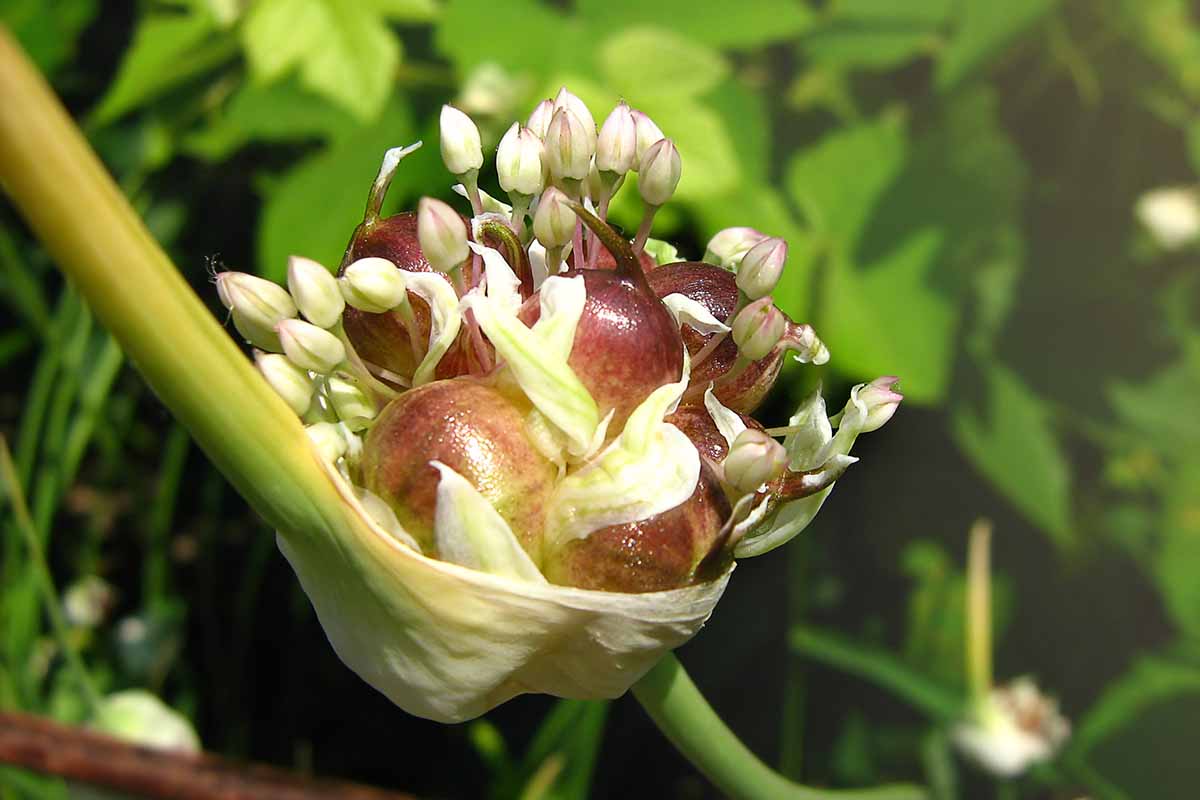
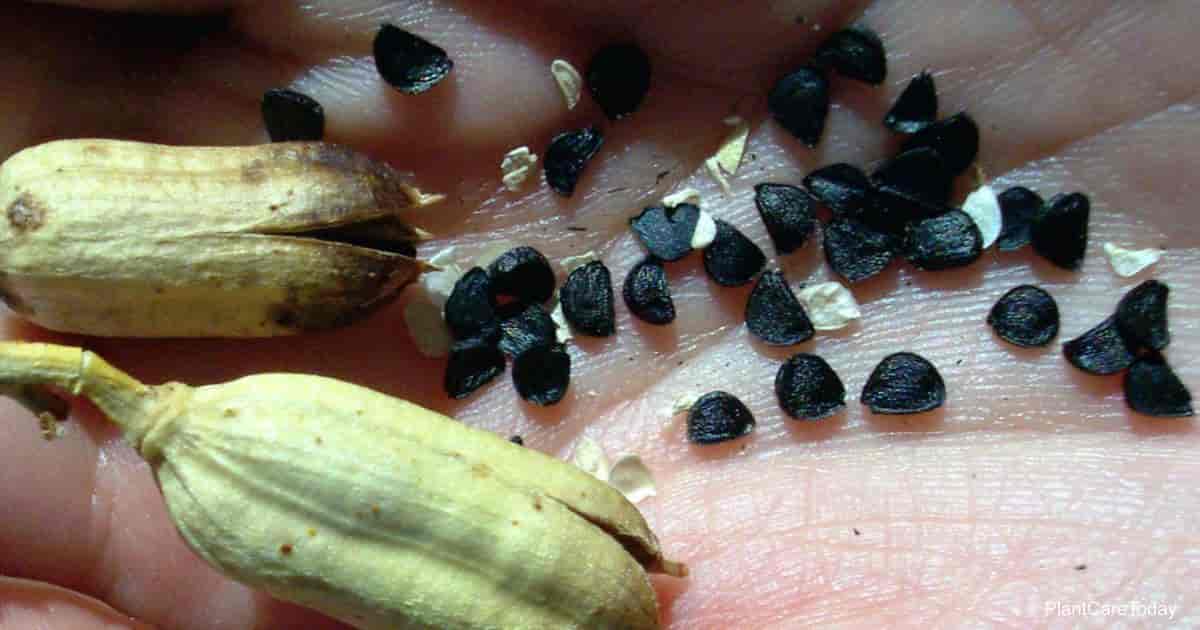
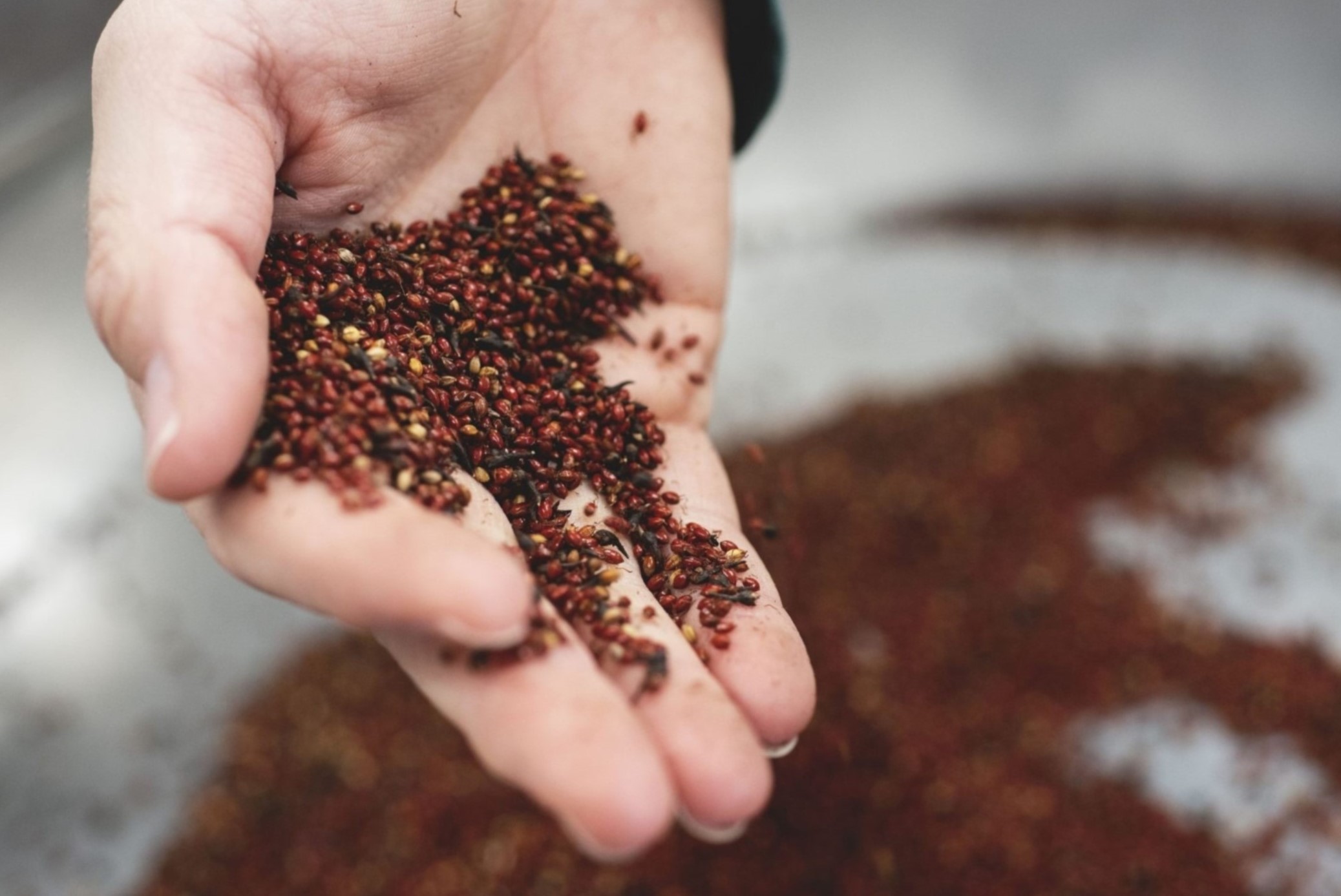
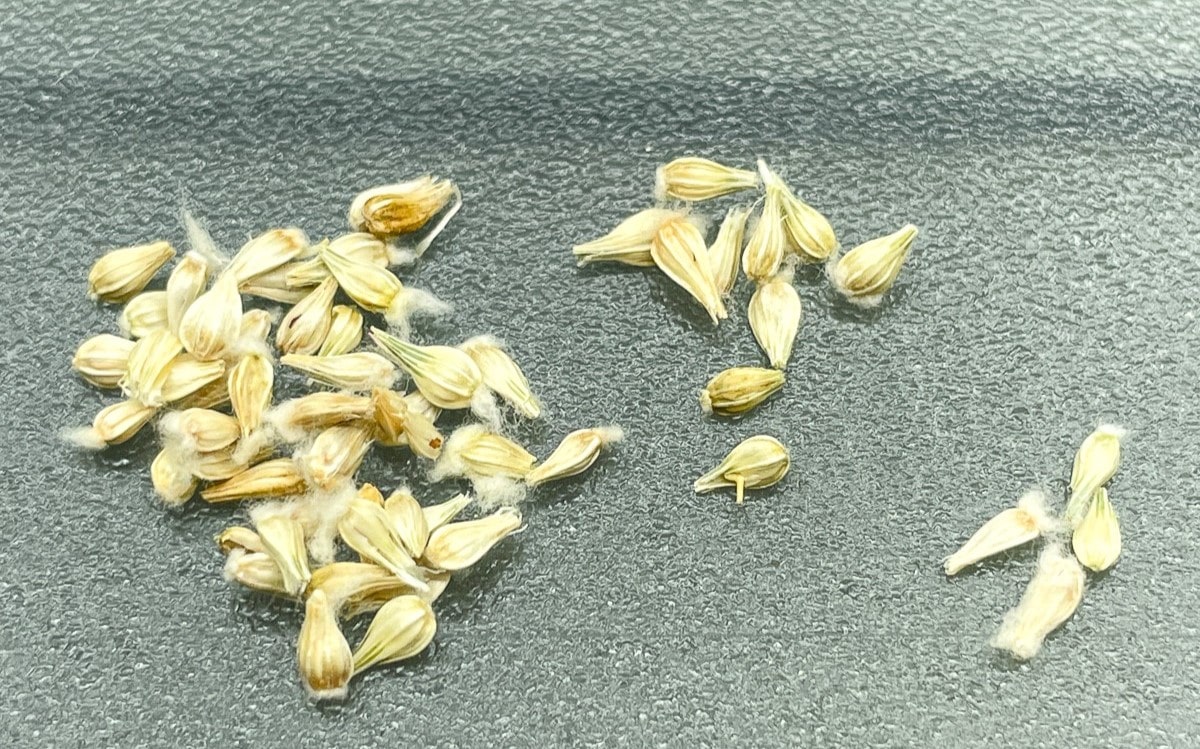
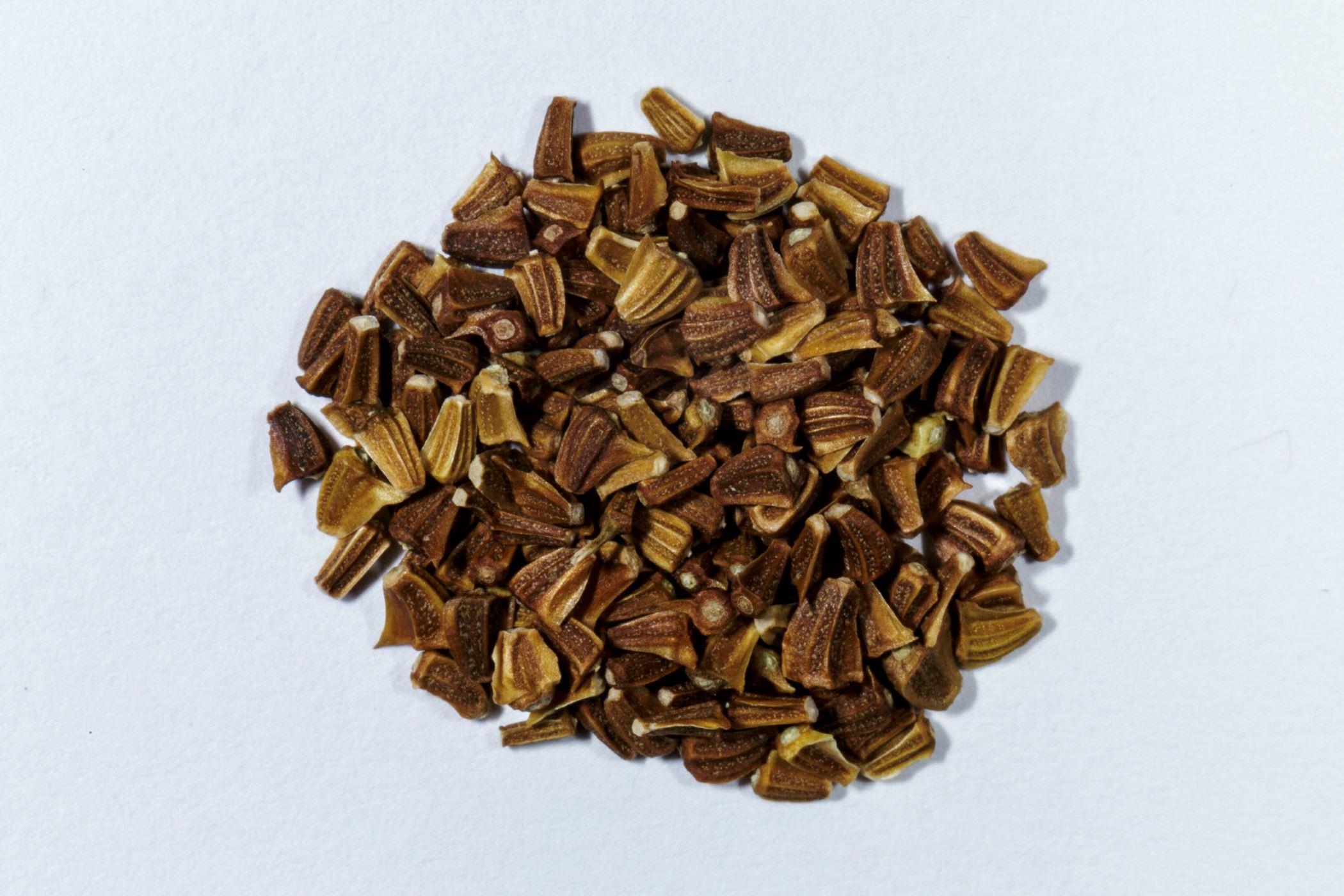
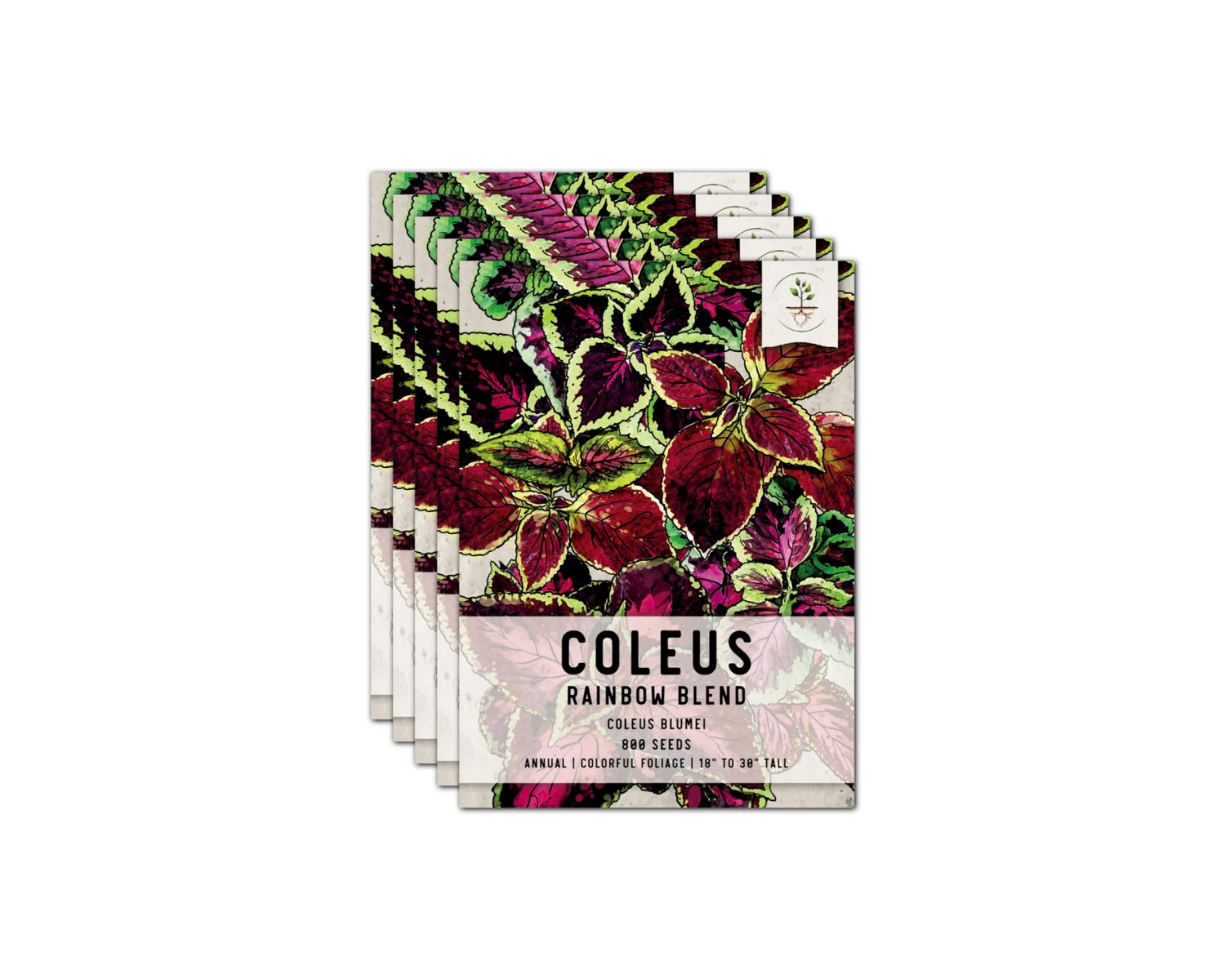
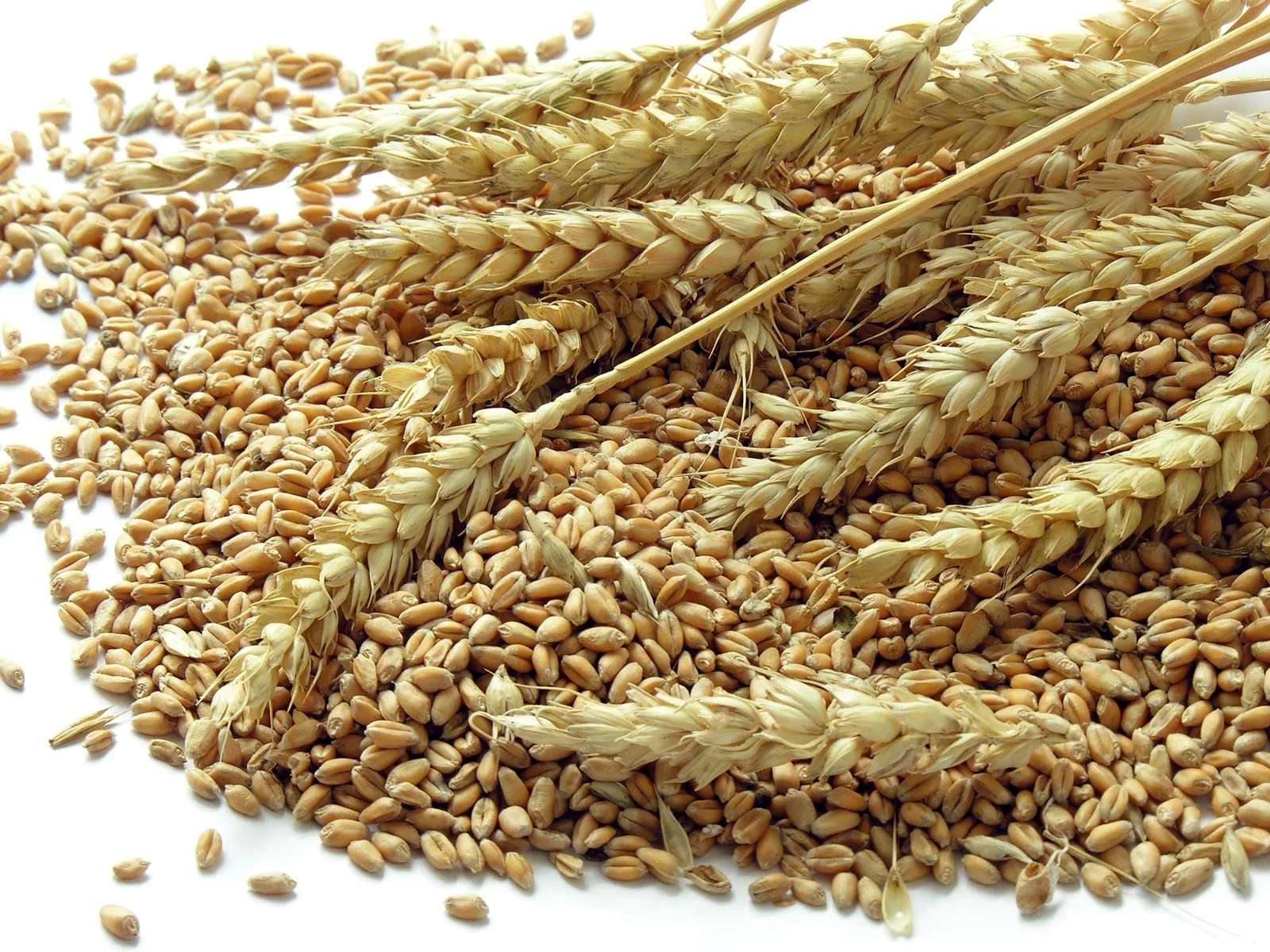
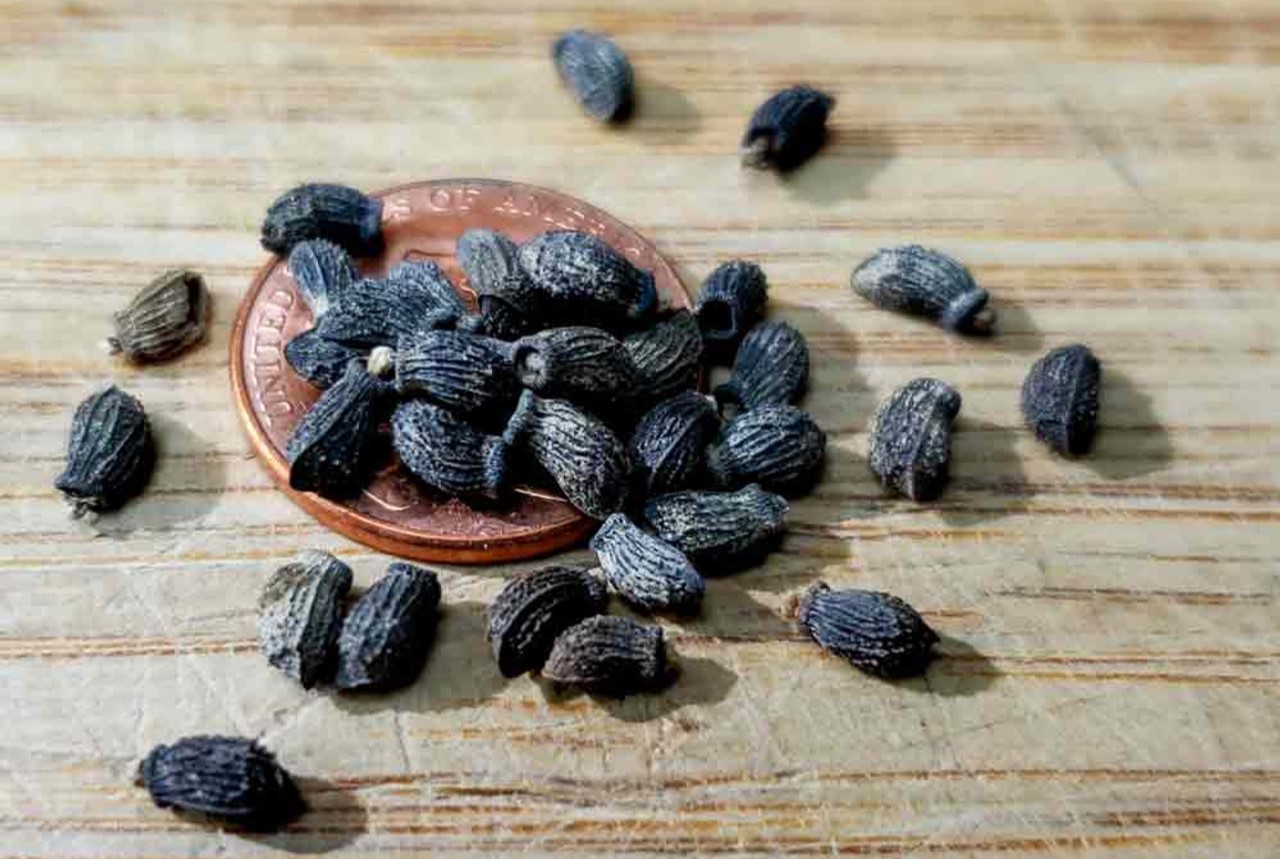
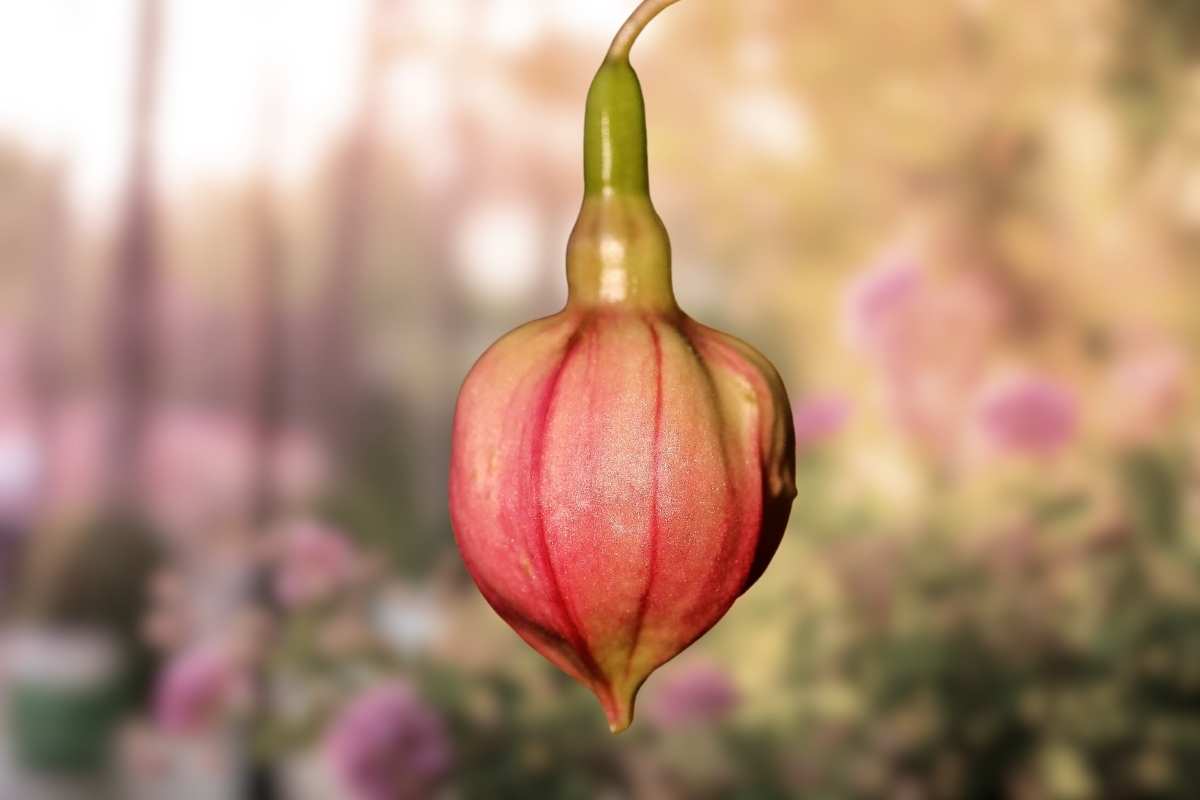
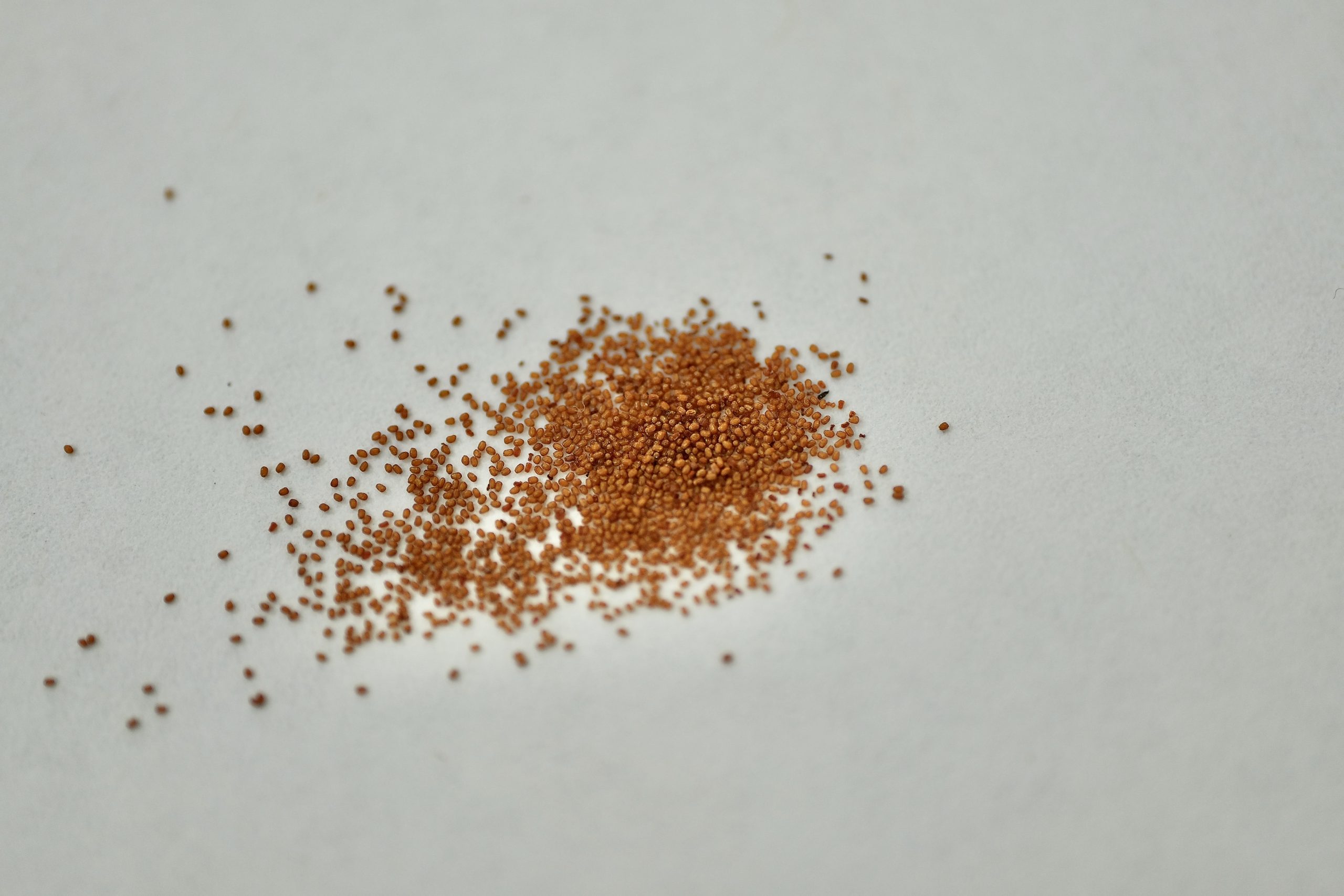
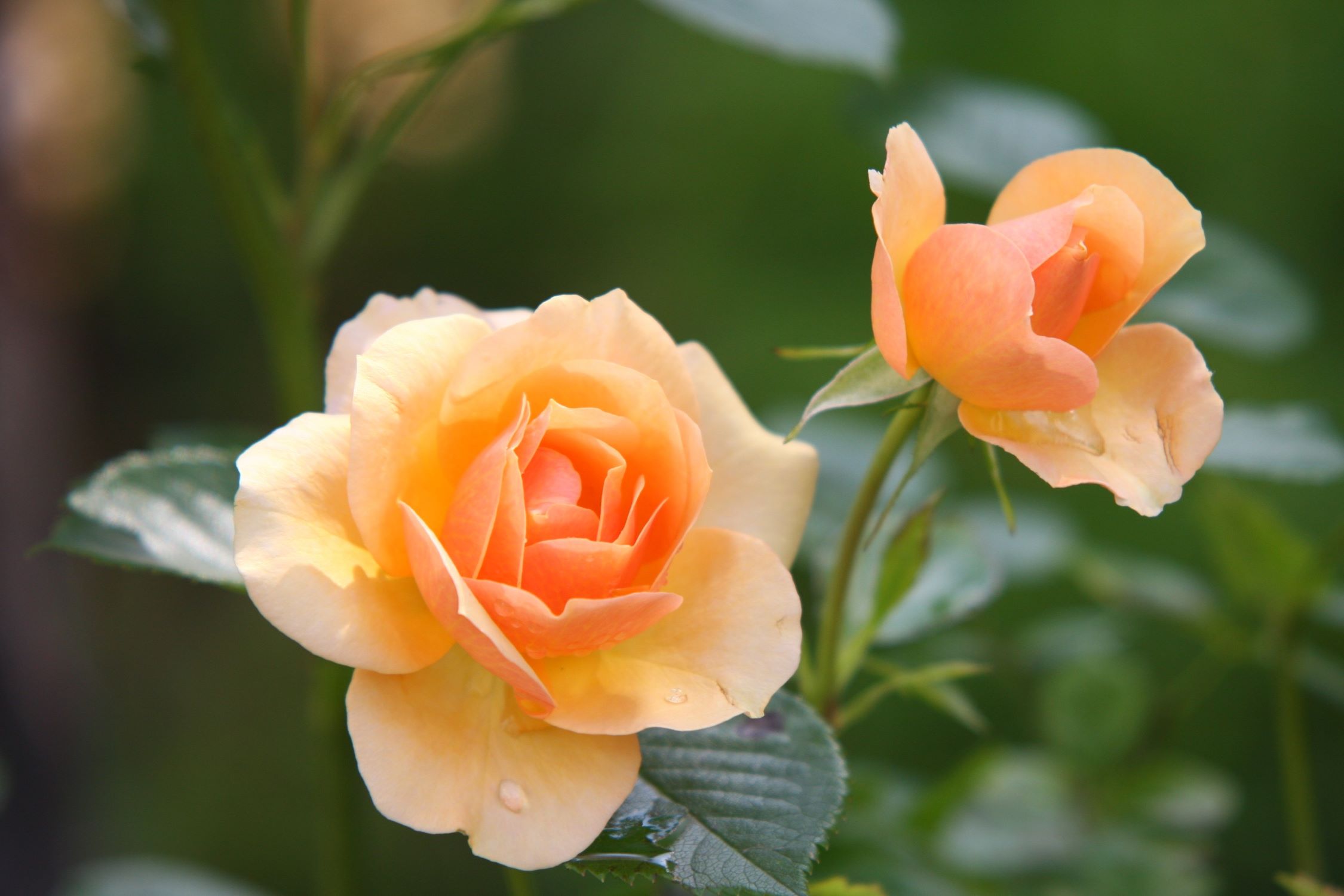
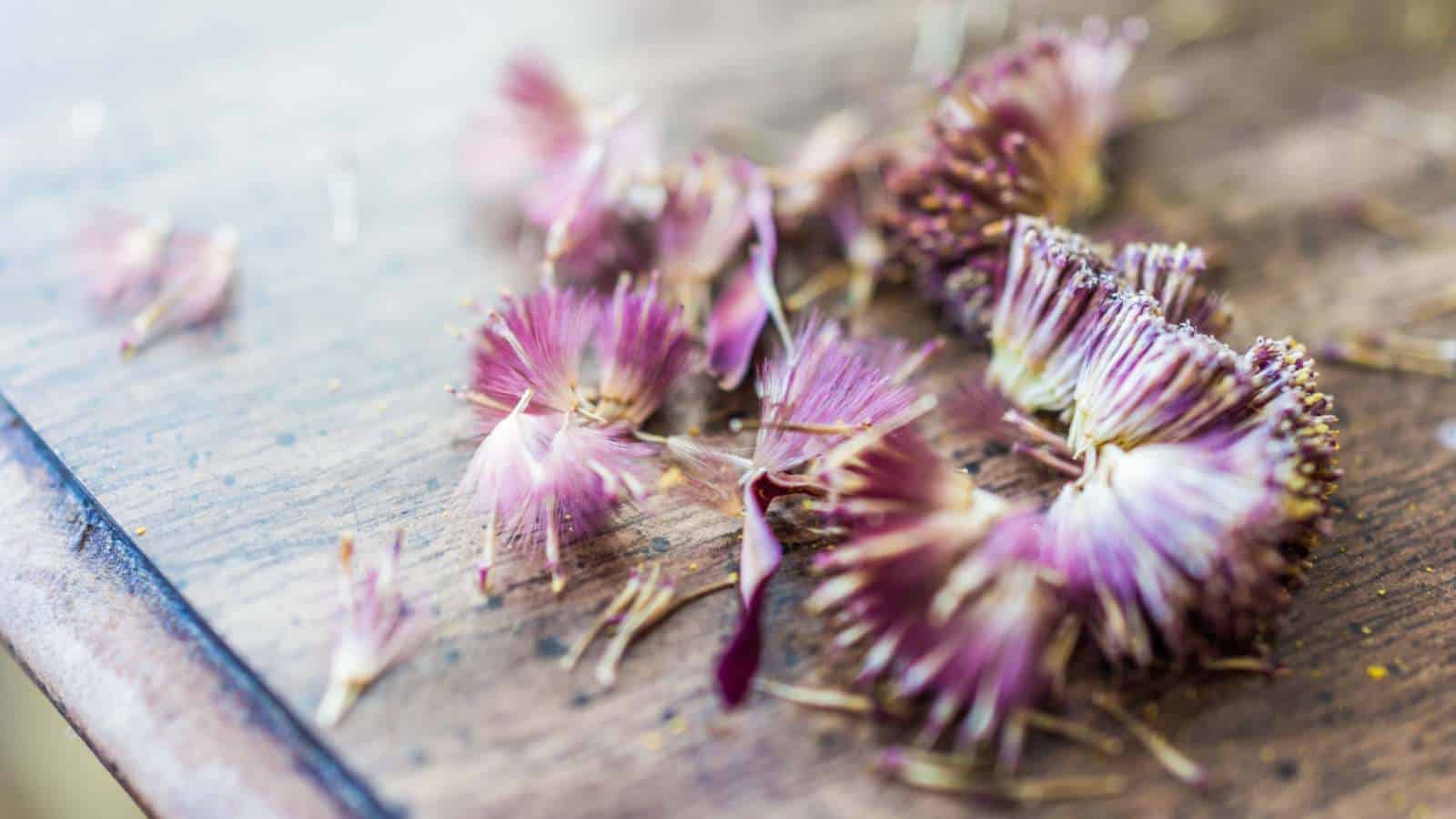
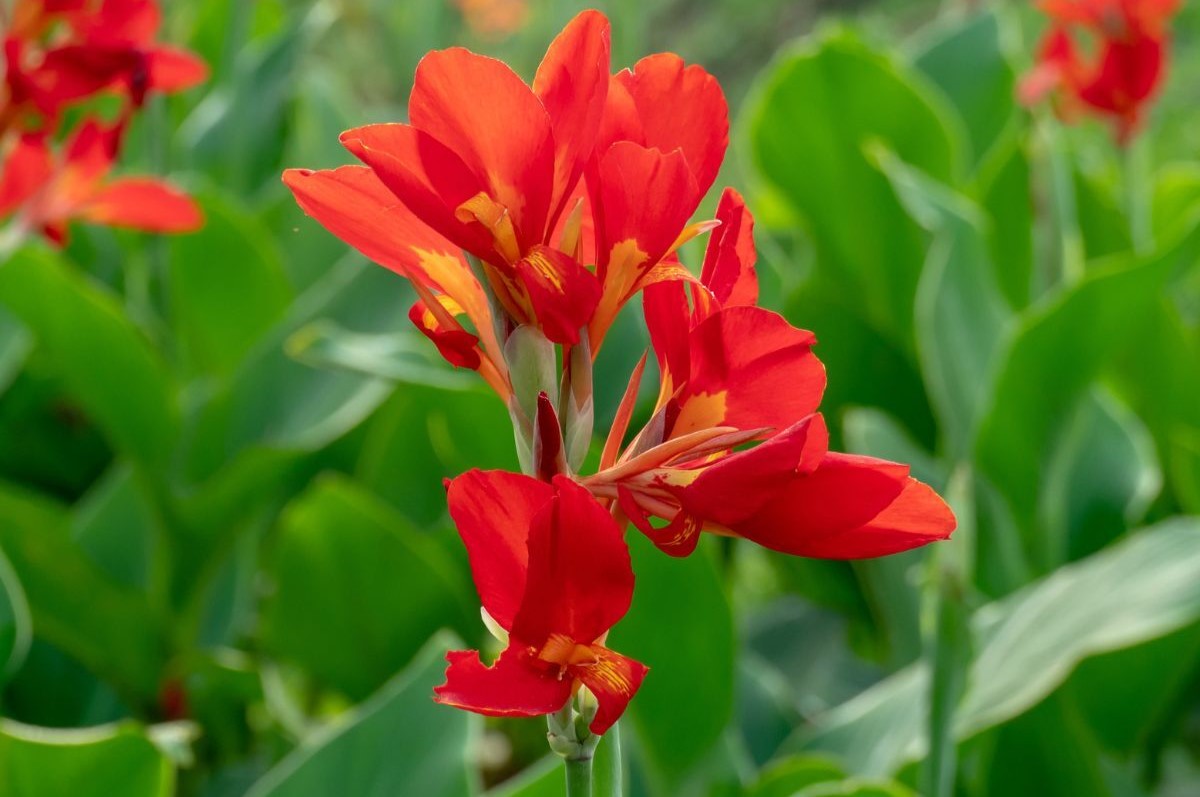
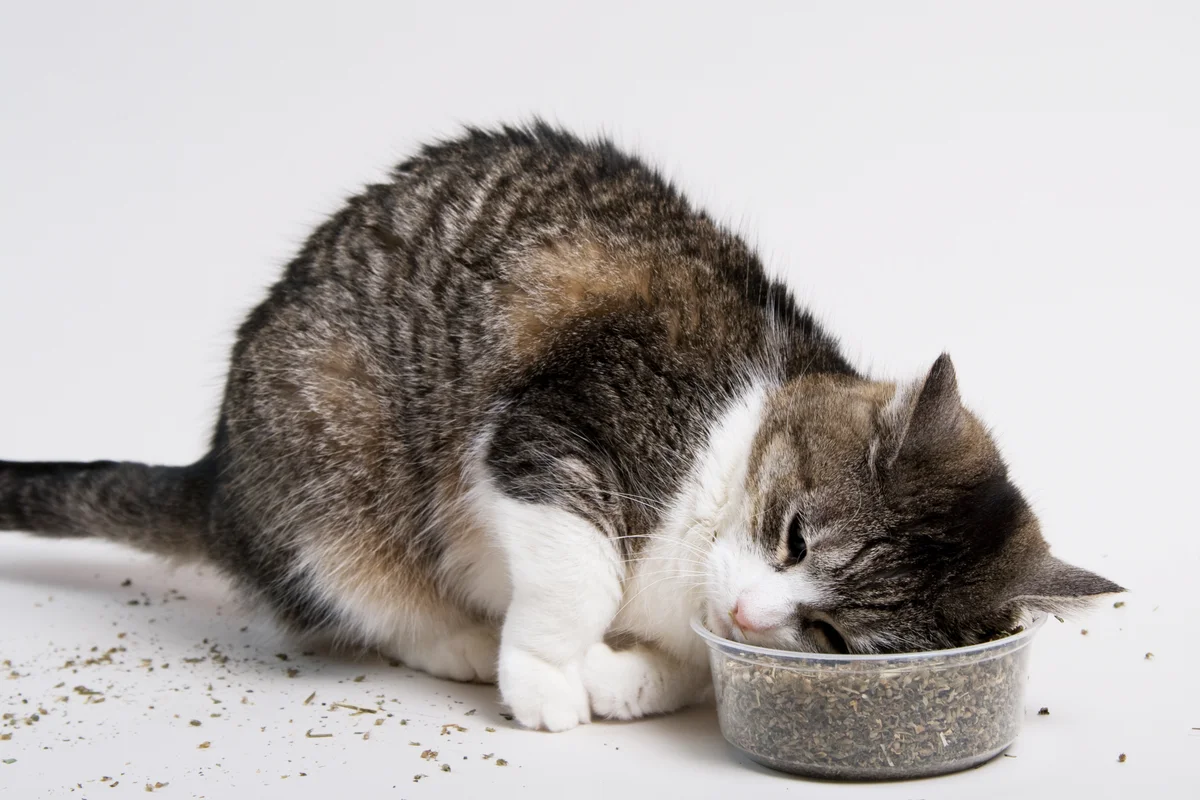

0 thoughts on “What Do Aster Seeds Look Like”